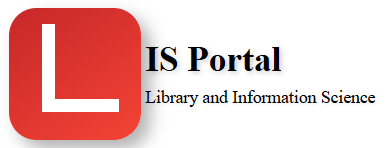Data management refers to the processes and systems used to store, organize, and preserve data over time. In the context of library and information science, data management includes the creation, organization, storage, and dissemination of information resources, such as books, articles, and digital media.
Example: A library may use a data management system to catalog its collections and make them discoverable to patrons. This system may include a database to store information about each item, such as the title, author, publication date, and subject matter. The library may also use data management processes to preserve digital resources, such as ensuring that digital files are stored in a secure, backed-up location and periodically migrated to new formats to ensure their long-term accessibility.
There are various tools and technologies used for data management, including:
-
Database management systems (DBMS) – software for creating, storing, and managing data in a structured format, such as MySQL, Oracle, or Microsoft SQL Server.
-
Data warehousing – systems for storing large amounts of data for analysis, such as Amazon Redshift or Google BigQuery.
-
Data visualization tools – software for displaying data in graphical or interactive formats, such as Tableau, PowerBI, or D3.js.
-
Data governance tools – systems for managing the policies and processes around data, such as Collibra or Informatica MDM.
-
Master data management (MDM) tools – systems for maintaining a single, authoritative source of information about specific entities, such as customers or products, such as Informatica MDM or Talend MDM.
-
Data backup and recovery tools – systems for ensuring the availability and integrity of data, such as Microsoft System Center Data Protection Manager or Veeam Backup & Replication.
-
Data integration tools – software for extracting, transforming, and loading data between different systems, such as Talend or MuleSoft.
In the context of library and information science, some of the tools used for data management include:
-
Library management systems (LMS) – software for managing library collections, such as Koha or Evergreen.
-
Digital asset management (DAM) systems – software for managing digital resources, such as media files, such as Adobe Experience Manager or Cumulus.
-
Metadata management systems – software for creating and managing descriptive information about information resources, such as Dublin Core or VRA Core.
-
Preservation and archiving systems – software for ensuring the long-term accessibility of digital resources, such as DSpace or Fedora.
-
Discovery systems – software for enabling users to search and access library collections, such as Primo or Summon.
-
Research data management systems – software for managing research data and supporting reproducibility, such as Figshare or Dataverse.
-
Institutional repository systems – software for managing and preserving the scholarly outputs of an institution, such as DSpace or bepress Digital Commons.
